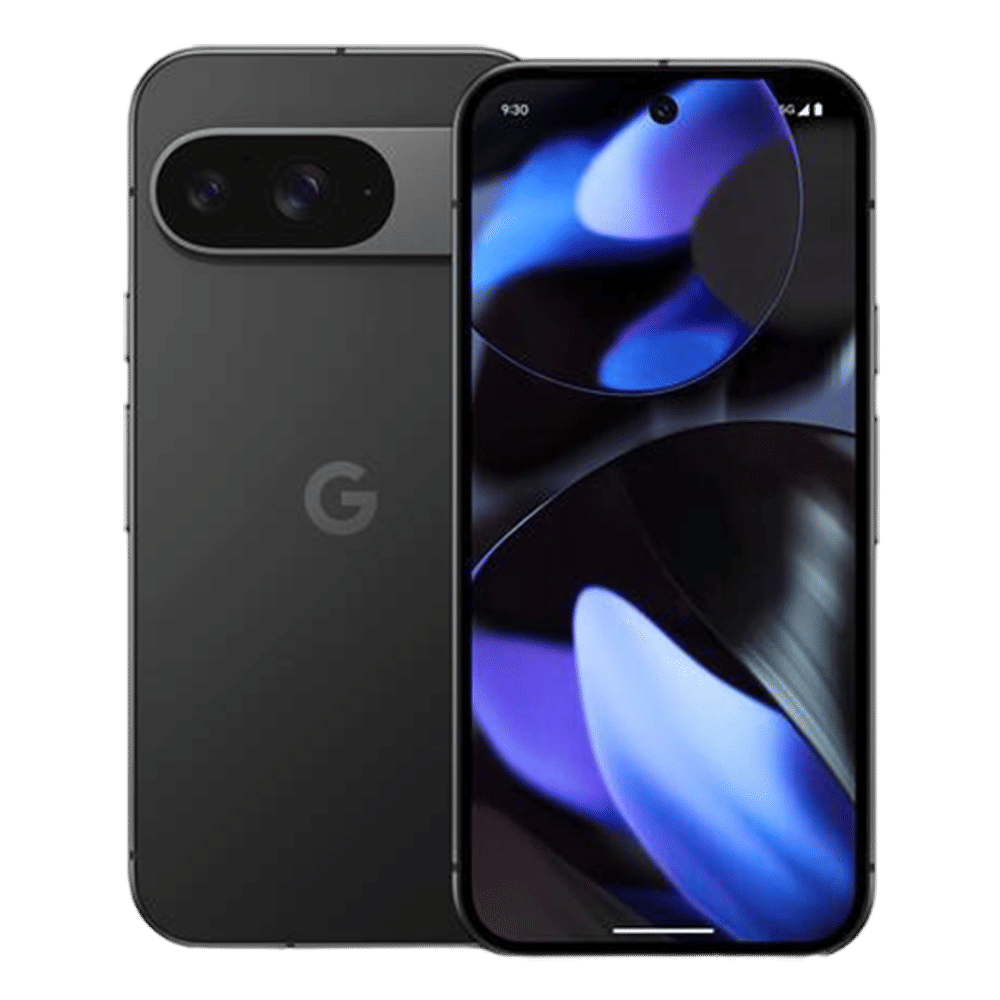Just a day after Apple’s WWDC 2025 grabbed headlines with its next-gen iOS polish, Google is responding with its own software flex. Android 16 is now rolling out as a stable update for supported Pixel devices, and yes, it’s bringing that Material 3 Expressive makeover along for the ride.
In a rare early drop that precedes the Pixel 10 series launch by months, Android 16 shows Google’s hand – a design-first, feature-forward rethink of what a Pixel phone can feel like in 2025.
Which phones will get Android 16
If you’re using one of the following Pixel smartphones, you are eligible for this stable Android 16 release:
– Pixel 6, Pixel 6 Pro, Pixel 6a
– Pixel 7, Pixel 7 Pro, Pixel 7a
– Pixel 8, Pixel 8 Pro, Pixel 8a
– Pixel 9, Pixel 9 Pro, Pixel 9 Pro XL, Pixel 9a
– Pixel Fold, Pixel 9 Pro Fold
– Pixel Tablet
ALSO READ: Android 16 arrives early on Pixel with a whole lot of promises
How to get Android 16 on your Pixel phone
You can wait for the OTA update notification to arrive or manually flash the update using factory images from the Android Developers page. If you’re already enrolled in the beta program, your device may have already received Android 16 QPR1, the first quarterly platform release packed with all the finalised features.
If you get the OTA update, follow these steps to update your Pixel phone to Android 16:
Step 1: Go to Settings > System
Step 2: Click on Software Update
Step 3: Check for a new available version
Step 4: Install Android 16, reboot the device, and that’s it!
Android 16 features
So what’s new in Android 16? The headline attraction is the arrival of Material 3 Expressive, Google’s boldest visual redesign in years. It’s more colorful, more customisable, and offers deeper alignment between system UI and app branding.
Beyond visuals, Android 16 takes aim at notification overload with the introduction of live updates. Notifications are now also automatically grouped by app, cutting down on visual clutter. Google is collaborating with partners like Samsung (with its Now Bar) and OPPO/OnePlus (with Live Alerts) to make this new system a standard across the Android ecosystem.
Android 16 also brings meaningful changes for accessibility. If you use hearing aids, in noisy environments, you can now switch from your hearing aid’s microphone to your phone’s mic for clearer call quality. Google has also added native controls for hearing devices directly into Android’s settings.
On the security front, Android 16 introduces Advanced Protection, Google’s most robust mobile security feature to date. It safeguards your device with a multi-layered defense system that blocks malicious apps, flags unsafe websites, and actively scans for suspicious call behavior.
Productivity takes a leap, especially for tablets and foldables. Android 16 is laying the groundwork for a desktop mode that’s currently being developed in collaboration with Samsung. This feature allows users to open, move, and resize multiple apps in free-form windows on large displays, replicating a desktop environment.
In addition to split-screen and full-screen modes, users will soon be able to use custom keyboard shortcuts and benefit from taskbar overflow, with further updates planned to enable seamless external display connections. Developer testing for these features has already begun.
Meanwhile, Google Photos gets a subtle but smart upgrade with AI-powered edit suggestions. There are also some subtle but impactful under-the-hood upgrades. Android 16 now supports HDR screenshots. Adaptive refresh rate support has been improved to offer better balance between battery life and smooth visuals. Finally, there’s a revamped identity verification framework, allowing for faster and safer biometric-based logins and autofill during payments or form entries.
Unleash your inner geek with Croma Unboxed
Subscribe now to stay ahead with the latest articles and updates
You are almost there
Enter your details to subscribe

Happiness unboxed!
Thank you for subscribing to our blog.
Disclaimer: This post as well as the layout and design on this website are protected under Indian intellectual property laws, including the Copyright Act, 1957 and the Trade Marks Act, 1999 and is the property of Infiniti Retail Limited (Croma). Using, copying (in full or in part), adapting or altering this post or any other material from Croma’s website is expressly prohibited without prior written permission from Croma. For permission to use the content on the Croma’s website, please connect on contactunboxed@croma.com
- Related articles
- Popular articles














Dhriti Datta
Comments